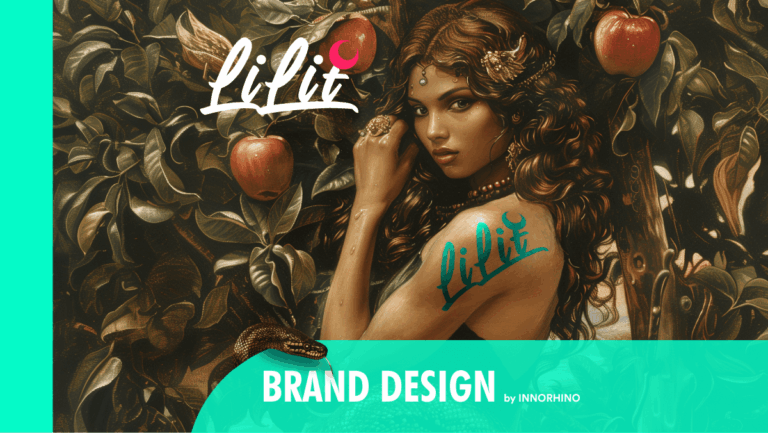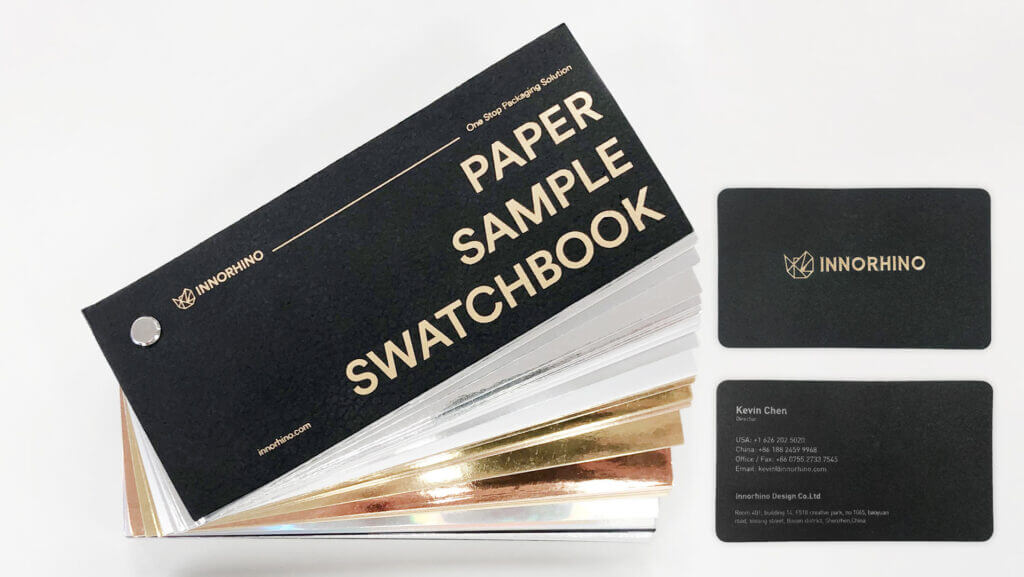By Sharon Y. Yu, Head Graphic Designer of INNORHINO
Design Isn’t Decoration—It’s Strategic Problem Solving
Design isn’t just about aesthetics. It’s about clarity, differentiation, and, more often than not, resistance. When LiLit approached us, it wasn’t to simply polish their look. It was to disrupt a landscape that had been dominated by masculine voices for too long.

The Vision: A Cannabis Brand for Urban, Thoughtful Women
In a market historically built for and marketed to men, LiLit set out with a bold intention: to create a cannabis brand that speaks directly to modern women—those who live in cities, make their own choices, and value meaning over mass trends. These women are not looking for permission. They’re looking for a brand that reflects their intellect, elegance, and edge.
LiLit wasn’t trying to appeal to everyone. And that was their strength. They were here to speak to a specific kind of woman—independent, mature, critical in thought, and subtly rebellious. What they needed was a design and narrative system that gave shape to this vision.
Design Direction: The Rebel Muse Takes Shape
We began by translating this ambition into a clear brand archetype: The Rebel Muse. Drawing from cultural and mythological roots—specifically the narrative of Lilith—we redefined her not as a figure of exclusion, but as an emblem of reclaimed power. She became the spirit of the brand: artistic, enigmatic, and unafraid to speak out.

Visually, we leaned into symbolic motifs—black moons, serpents, metallic iridescent textures—that resonated with feminine mystique without falling into cliché. Every design decision, from color palette to material finish, was made to communicate luxury, intentionality, and emotional resonance.
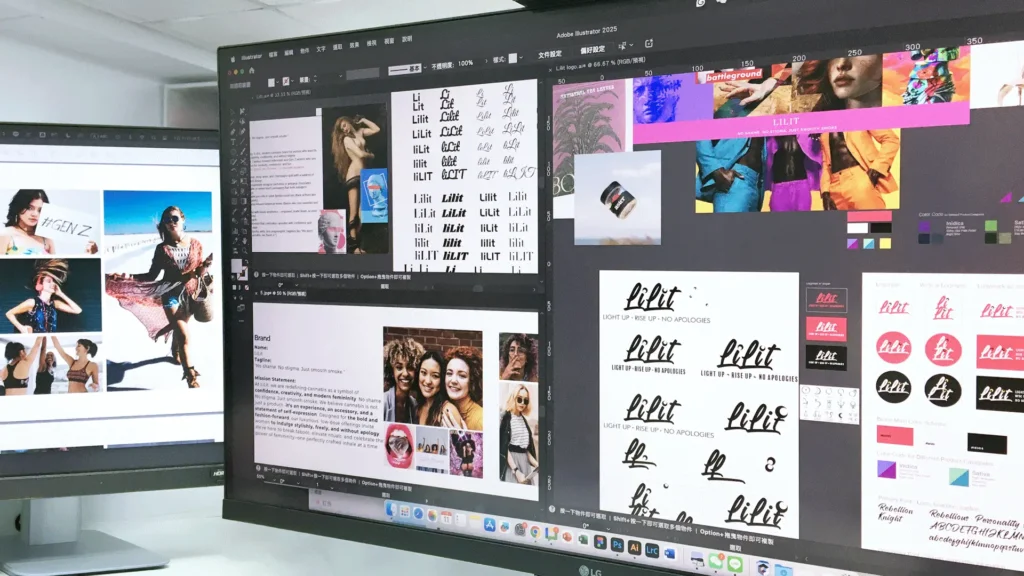
Materials like translucent silver foil, soft-touch lamination, and white ink layering weren’t there to impress—they were there to whisper. This brand didn’t need to shout. It needed to feel like a discovery.
See Our Complete Case Study – LiLit
Beyond Packaging: Creating a Ritual, Not Just a Product
Design for LiLit wasn’t limited to the packaging—it extended to the experience. We introduced tarot-inspired collectible cards, artist collaborations, and tactile rituals that transformed product interaction into moments of personal reflection. It was about building a relationship, not just visibility.

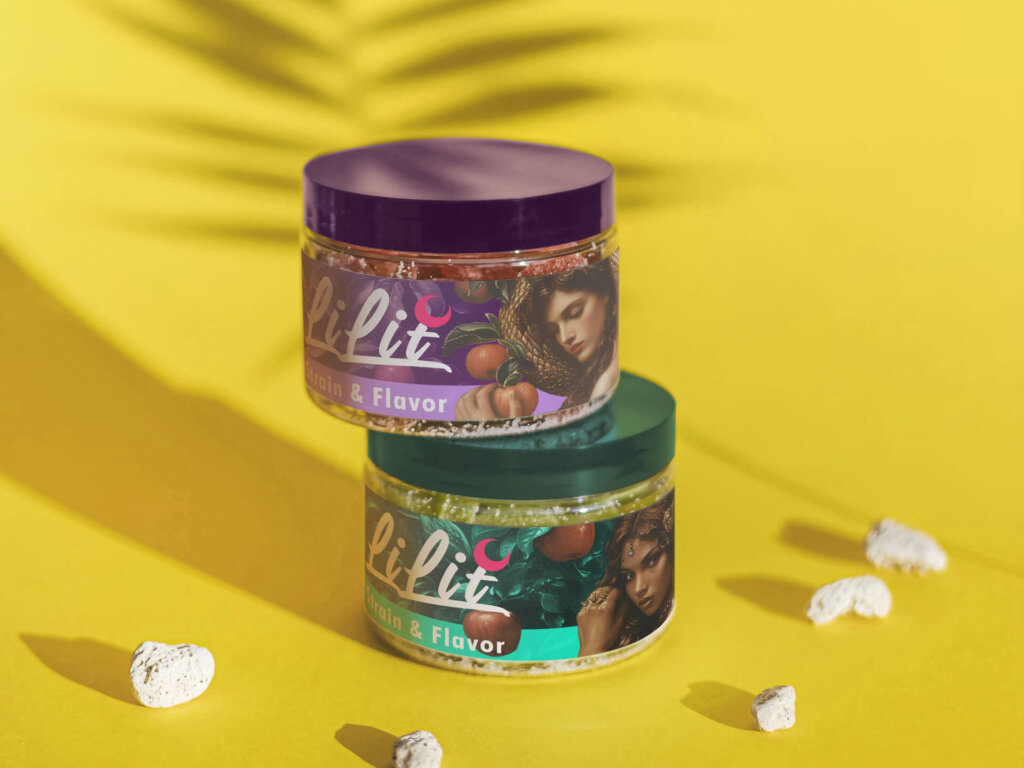
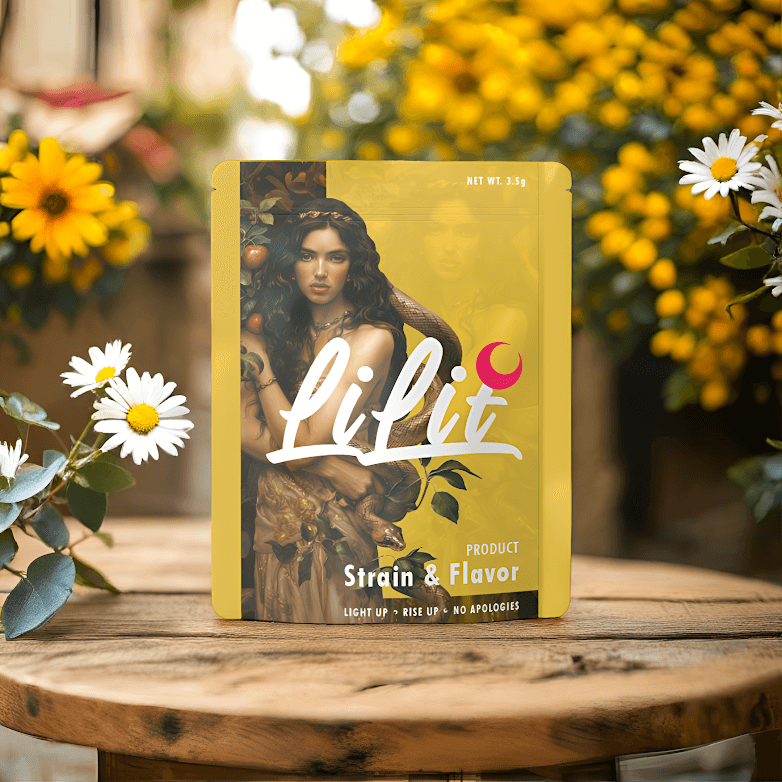
Through these design touchpoints, LiLit shifted from an indistinct voice to a clearly positioned leader in a luxury, female-centric cannabis niche. The emotional clarity and consistency resonated—and that resonance translated quickly into consumer connection.
What This Means: Design as Cultural Navigation
What made this project meaningful wasn’t just the outcome—it was the intent. LiLit wasn’t trying to dominate a market. They were creating a space that didn’t yet exist. And that’s where design plays its most vital role: in helping brands articulate cultural intention and deliver it with soul.
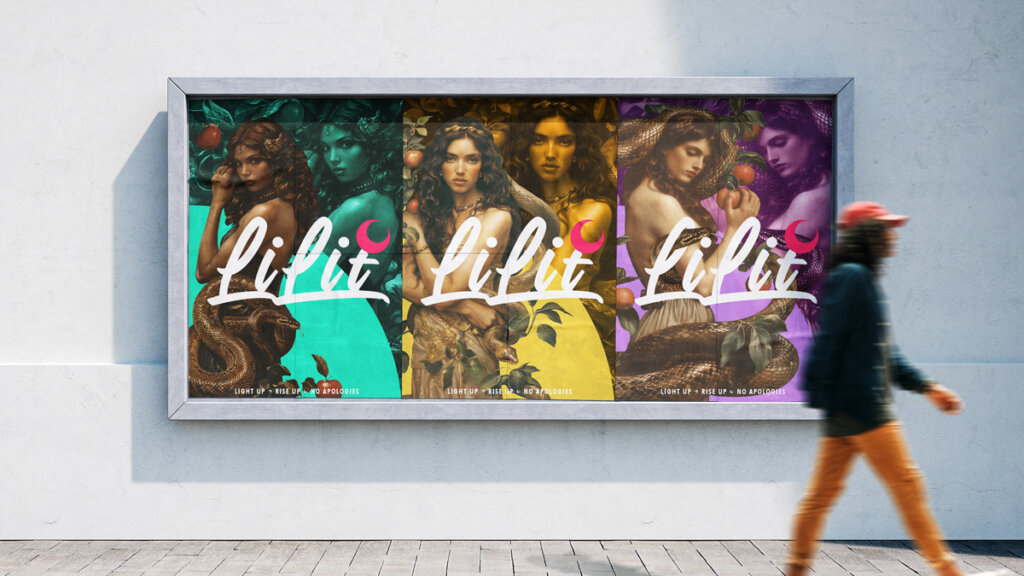
As we look ahead, I’m excited to continue evolving LiLit’s identity—deepening the brand’s narrative through new collaborations, storytelling formats, and tactile brand moments. Together, we’re not just shaping a cannabis brand. We’re shaping a new kind of conversation.

